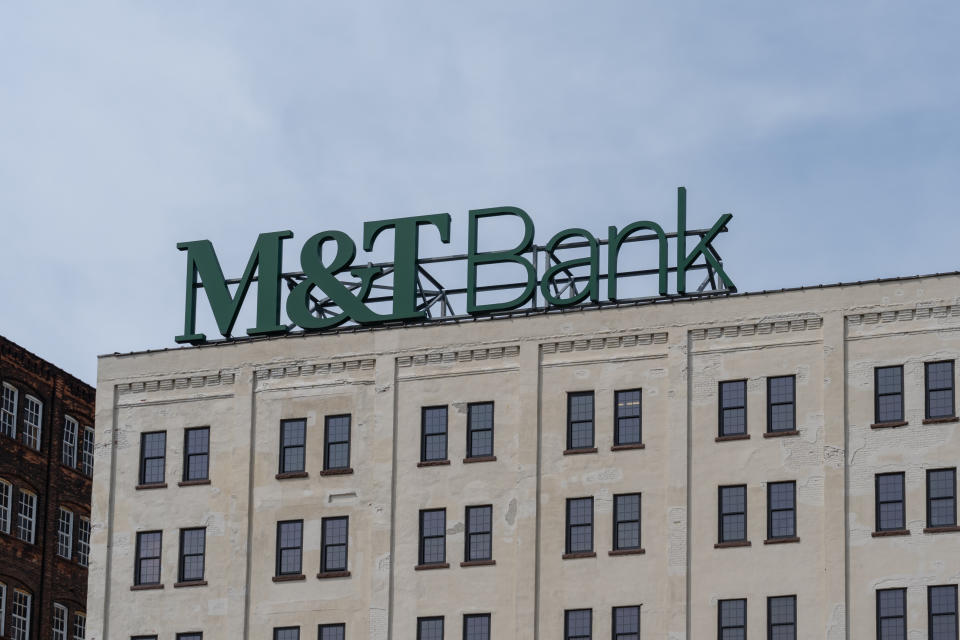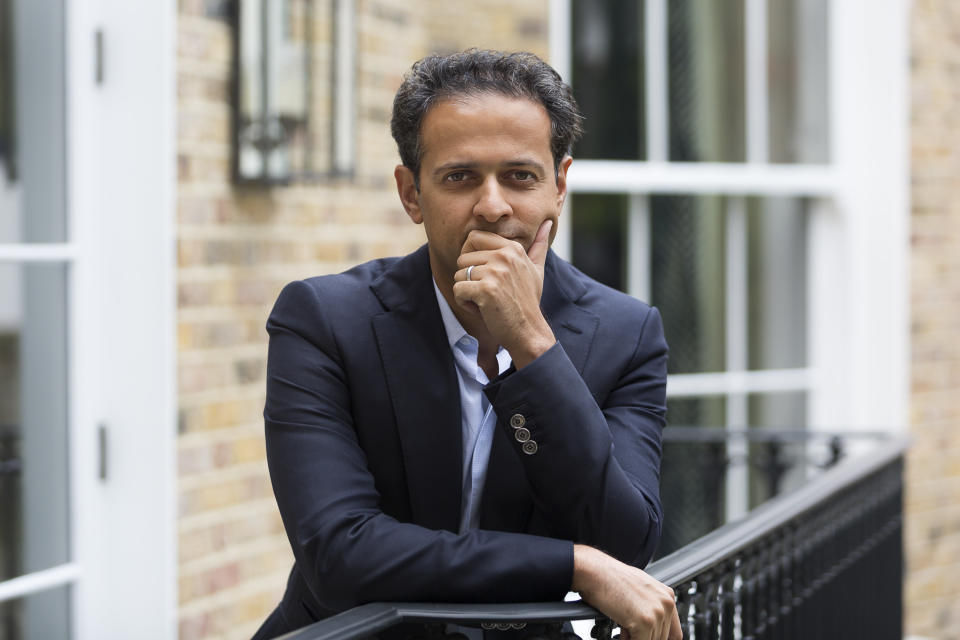As capital regulations loom, M&T continues pause on share buybacks

Concerns over a cooling economy and potential uptick in charge-offs prompted M&T Bank in Buffalo to extend the hold on share buybacks it announced earlier this year to keep more capital on hand, Chief Financial Officer Daryl Bible said Wednesday on a conference call.
While Bible, the former Truist Financial CFO who joined M&T in December, acknowledged the $209.1 billion-asset M&T is holding excess capital, an unpredictable economy paired with the desire to meet clients' credit demands requires a more guarded approach to share buybacks, he said. "I think we're just trying to be cautious," Bible said. "When the economy gets a little bit more comfortable, we will consider repurchases there."
Bible's comments come as the financial services industry gears up to fight proposed regulations linked to the Basel III regulatory framework that bankers fear could result in increased capital requirements on banks with at least $100 billion in assets.
When Bible discussed the buyback pause in July, following completion of its Federal Reserve stress test, M&T was reporting a Common Equity Tier 1 capital ratio of 10.59%. At Sept. 30, the same ratio had crept up to 10.94%.
"The capital isn't going anywhere," Bible said. "We just want to continue to make sure that we're strong and can grow and serve our customers right now."
Fitch Ratings reaffirmed its "A" rating on M&T's debt securities last week, due in large part to expectations that the company would continue to hold capital at similar levels. The buyback pause "increases capital resiliency under a severely adverse economic scenario and is a key support of today's rating affirmation," Fitch stated in an Oct. 12 press release.
The strategy is not without critics. Brent Erensel, an analyst who covers M&T for Portales Partners in New York, said on the conference call that the bank would need to generate double-digit returns on new loans to equal the impact of buybacks. "So, the question I guess is at what point will the corporate-finance math drive you to resume buybacks," Erensel said.
M&T reported third-quarter earnings totaling $690 million Wednesday, up 6.6% year over year. Average deposits increased 2% on a linked-quarter basis to $162.7 billion, though heightened competition drove funding costs higher, leading to a 12-basis-point contraction in the net interest margin from the prior-quarter result. M&T's net interest margin stood at 3.79% on Sept. 30.
Growing deposits remains a top priority, but making additional headway will likely prove challenging, as Bible predicted "continued intense competition for deposits in the face of industry-wide outflows."
Third-quarter credit quality numbers were solid for M&T. Net charge-offs of $96 million amounted to an annualized 29 basis points of average total loans, down sharply from the 38 basis points the company reported in its second-quarter results. M&T reported a third-quarter provision for credit losses of $150 million. That was in line with the June 30 level despite improved credit-quality metrics — nonaccrual loans declined along with net charge-offs. Bible cited "softness" in commercial real estate valuations, as well as a "gut feeling" that charge-offs would jump in the fourth quarter, for the decision to continue stockpiling reserves. Taking a provision well in excess of net charge-offs boosted M&T's allowance for credit losses to $2.1 billion, or 1.55% of total loans, an amount Bible termed adequate.
"We feel really on top of" what's going on, Bible said. "I think we are actively looking at any credit that could have any issues whatsoever." M&T, however, is likely to disclose that criticized assets reached the mid-to-high-single digits in the third quarter 10-Q report it expects to file with the Securities and Exchange Commission "in the next few weeks," Bible said.
That finding "takes some of the shine off the better than expected charge-off and non-accrual" numbers M&T reported, Autonomous Research Analyst Brian Foran wrote Wednesday in a research note.
Amid growing worries industry-wide about charge-offs, M&T recently moved to expand its risk management and commercial underwriting toolbox, agreeing to begin using OakNorth's credit intelligence technology. M&T joins a growing list of U.S. banks that have turned to the London-based fintech. OakNorth's client list includes the $557 billion-asset PNC Financial Services Group in Pittsburgh, the $207.3 billion-asset Fifth Third Bancorp in Cincinnati and the $48 billion-asset Old National Bancorp in Evansville, Indiana.

OakNorth also operates a bank that has lent approximately $12 billion to British businesses during its eight years in business with charge-offs in the 12 to 14 basis-points range, CEO and cofounder Rishi Khosla said in an interview.
According to Khosla, OakNorth's credit intelligence software is designed to provide lenders with a forward look at the financial prospects of borrowers with annual revenues of $3 million to $4 million and above. It's a function that could grow in importance if the economy continues slowing. "Clearly the economic environment is not a straight line," Khosla said. "There's a significant amount of headwinds. …The cost of borowing is much higher than it was 18 months ago."
OakNorth's pipeline of potential U.S. clients is still strong, Khosla said, giving him hopes the company will be able to soon announce additional new partners. "The strongest feedback we're receiving is do [clients] continue renewing and do they continue wanting to embed what we're doing within their processes," Khosla said. "We're winning on those accounts."
